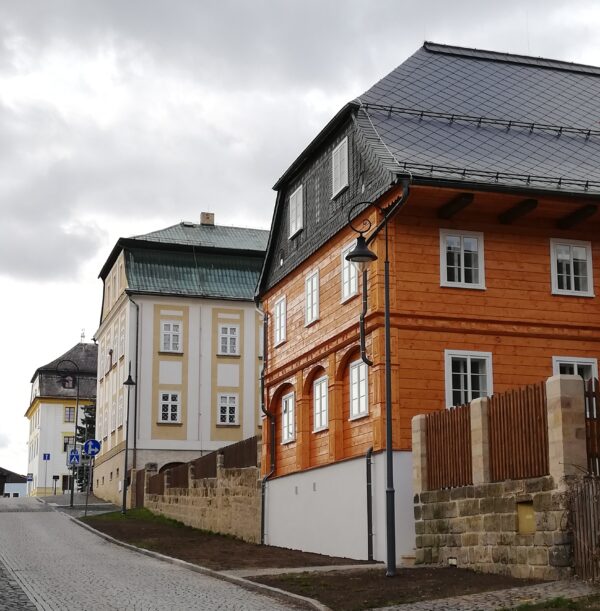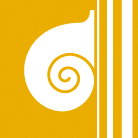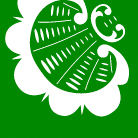The genesis of the museum and the development of the collection

 The museum entrance is framed with carved sandstone portal, in which gable is situated an anchor. This symbol of overseas trade evokes imaginations about adventurous routes of fragile glass from Northern Bohemia to distant fairs of the old continent, to exotic Orient or to overseas countries.
The museum entrance is framed with carved sandstone portal, in which gable is situated an anchor. This symbol of overseas trade evokes imaginations about adventurous routes of fragile glass from Northern Bohemia to distant fairs of the old continent, to exotic Orient or to overseas countries.
After all, most of museum exhibits was created by hands of glass craftsmen trying to satisfy a different taste and special demands of foreign merchants.
The professional union of glassmakers contributed to the establishment of the glass museum. With support of the town councilmen, who provided needed space for the exposition at the town hall, the museum was open to the public in may 1893. Although the council gradually vacated more rooms for increasing museum collection at the town hall, the problem with space was solved later, in 1952. In this year the museum was moved to the house number 105, where has been situated up the present.
In the 1890´s voluntary museum workers played the main part in inception of the museum collection funds. The ground of the collection was based on donations of local glassmakers and businessmen, who understood glass craft best and were able to appreciate both technical difficultyand unique artistic-craft processing of home or foreign glassware. The collection extended and got a good quality thanks to interest of manufactures and export companies and in the 1930´s also due to competitions made by the musem itself. After the completion with numerous commercial pre-war aquisitions from former glass firms, around 1960 there began to be formed a unique collection documenting authenticallyglass production in the region of the Lusitian Mountains at the turn of the 19th century and at the first half of the 20th century.
Based on the heritage of its founders, the actual collection programme has followed the development of the contemporary production of local glass companies. It didn´t marginalize documentation of both activities of the local glass school studios and individual works of glass artists.The traditional glass competitions named „Craft and Art in Glass“ revived in 1994 and the best works of participants are permanently kept in the collection and used for presentation.





